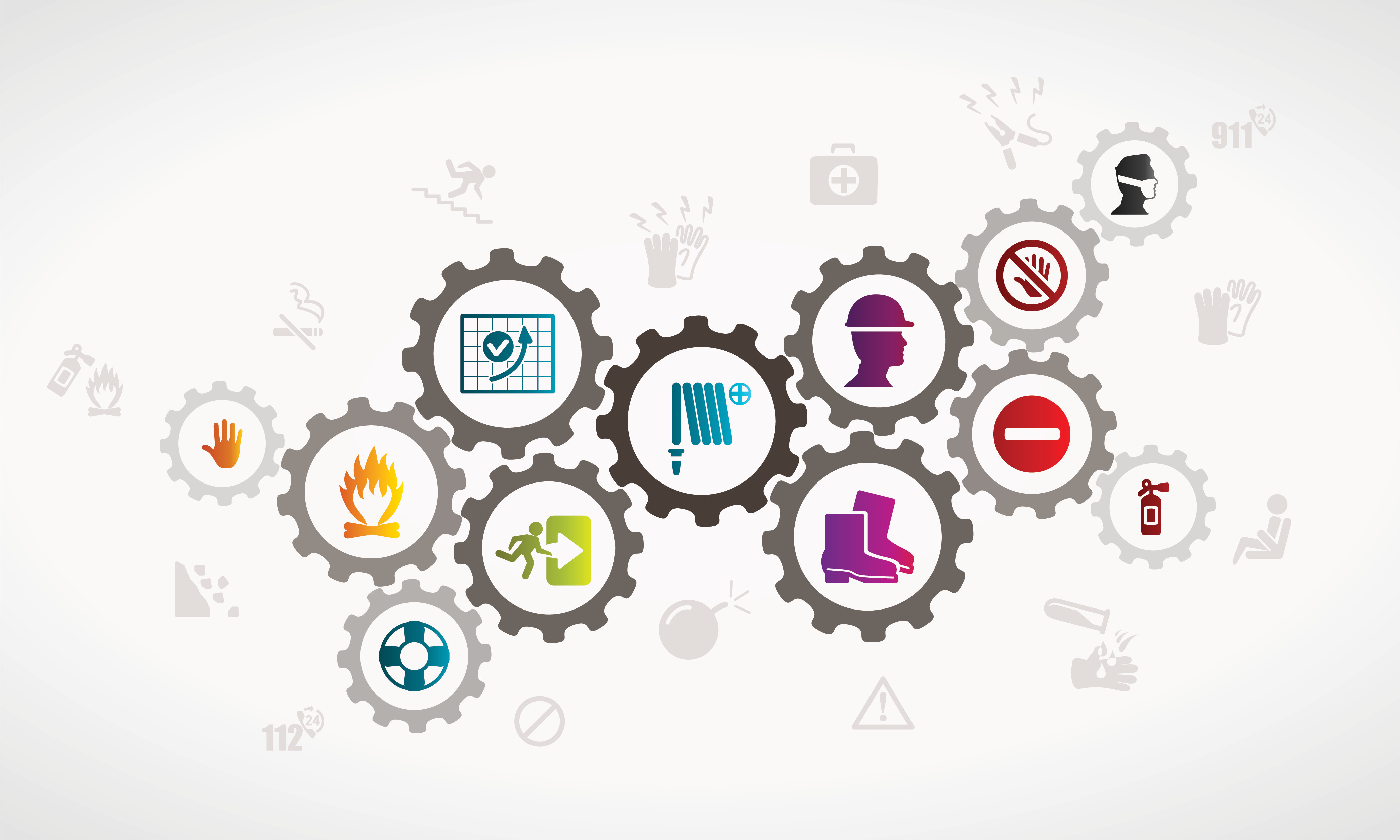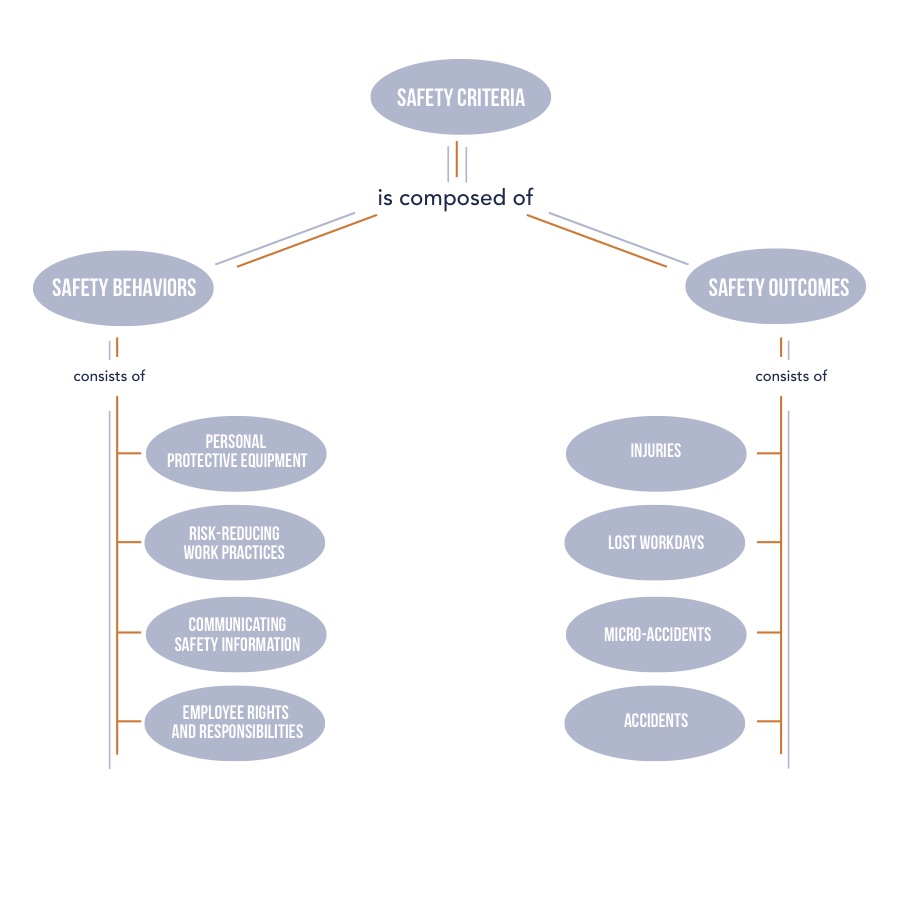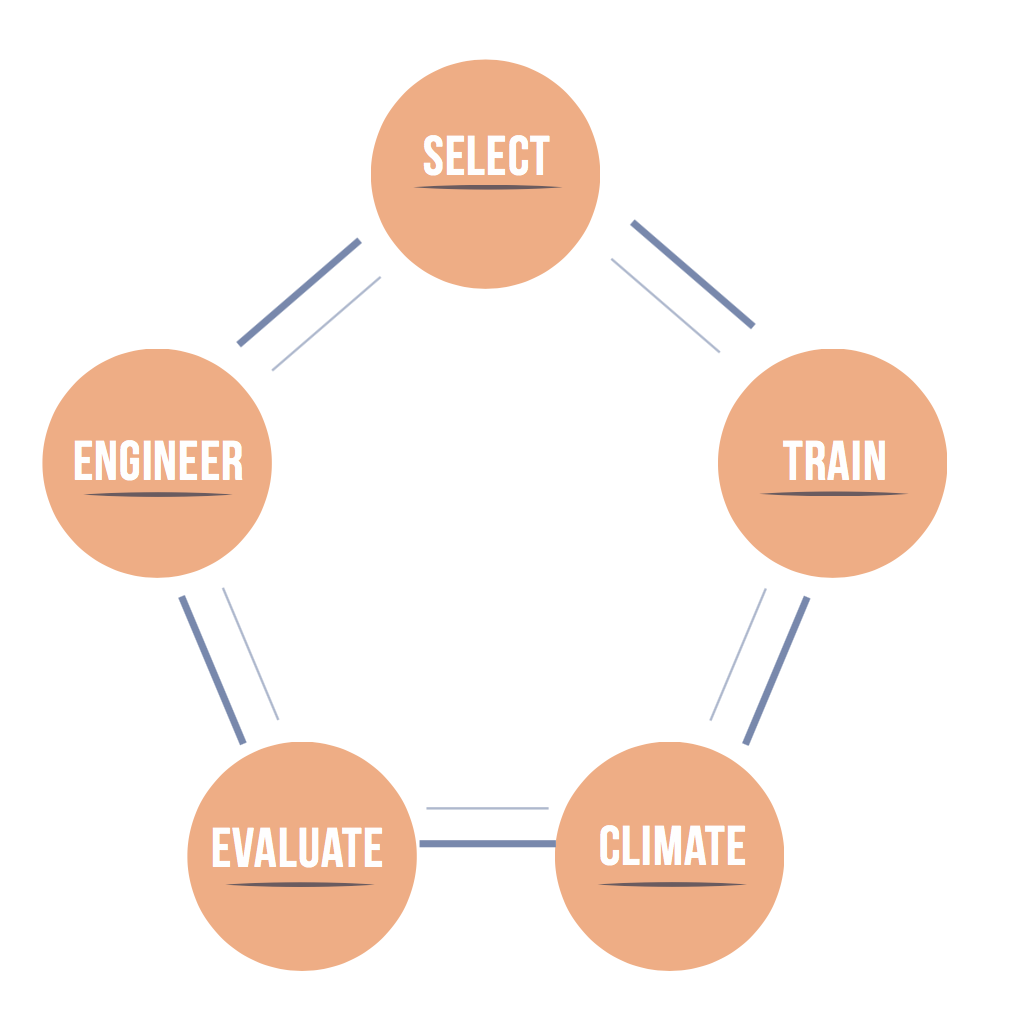Actionable Steps to Boost Workplace Safety
-

Many organizations claim workplace safety as a top priority, believing that the boardroom message of “Safety First” resonates loudly throughout the company. But what often gets rewarded, and reinforced, is fast and efficient performance over everything else. This disconnect between performance and safety contributes to work-related accidents that result in up to 6,000 deaths and four million injuries or illnesses each year in the United States alone. The safety issues those numbers represent cannot be ignored; they are important not only for employees’ well being, but also for organization’s bottom line. AOE Founder Craig Wallace recently published an article on this subject in the journal Organizational Dynamics, and I am pleased to share some of the themes and actionable steps from his work.
Safety Outcomes:
The Occupational Safety and Health Act (OSHA) was passed in attempt to make workplaces safer for employees by defining and enforcing safety standards. Specifcally: the goal of OSHA is:
To assure safe and healthful working conditions for working men and women; by authorizing enforcement of the standards developed under the Act; by assisting and encouraging the States in their efforts to assure safe and healthful working conditions; by providing for research, information, education, and training in the field of occupational safety and health; and for other purposes (the Act, 2004).
Even with the positive influence of OSHA, organizations still face several health and safety issues – many of which result from a lack of understanding about what constitutes health and safety in organizations. Burke et al. (2002) defined occupational health and safety as “actions, behaviors, and outcomes that employees engage and produce in almost all jobs to promote the health and safety of co-workers, customers, the public, and the environment.” This definition can be broken down into two categories that are important for organizations to consider – (1) safety outcomes and (2) safety behaviors.

Safety outcomes. Accidents are the most widely measured and researched safety outcome. Specifically, OSHA defines recordable accidents as injuries that require medical attention beyond basic first-aid treatment (e.g., strains and sprains). Documentation of recordable accidents often depends on the individual employee or his/her supervisor’s reporting. An alternative measure is lost workdays, which assumes that more serious accidents result in more lost workdays. However, both methods have several underlying issues, including lying, misremembering, and poor record keeping. Micro-accidents – minor accidents that require basic first-aid treatment – have been proposed as a highly related and more objective measure of accidents and injuries in the workplace.
Safety behaviors. Safe behaviors, often labeled as safety performance, are distinct from safety outcomes. Safety performance is comprised of four parts: 1) proper use of protective equipment, 2) implementation of risk-reducing work practices (e.g., adhering to safety procedures), 3) communication of health and safety information, and 4) exertion of employee rights and responsibilities. Deviation from these four components is considered unsafe behavior; however, adherence does not guarantee safety, just as engaging in unsafe behaviors may not result in accidents or injuries. It is this ambiguity that often leads to the temptation to take safety shortcuts and stress efficiency and speed over safe performance.
Actionable Steps for Building a Safety-Conscious Workforce: A safety conscious workforce begins with the selection of employees who possess characteristics that are predictive of safety performance (e.g., safety motivation and risk taking). It is further promoted through highly engaging safety training, the safety climate of the organization, evaluation of safety performance, and human factors. The safety climate of an organization is determined by eight dimensions, which provide the foundation for the suggested action steps:
The safety climate of an organization is determined by eight dimensions, which provide the foundation for the suggested action steps:
- Management commitment: to what extent do people perceive that management values safety and engages in communication and actions that support safety?
- HR practices: how do people perceive that selection, training, and reward systems contribute to safety?
- Safety systems: are policies, procedures, or interventions implemented by an organization with the intention of improving safety outcomes believed to be effective?
- Supervisor support: to what extent do people believe their supervisor values safety as reflected in communication, encouragement, and consequences?
- Group processes: how do people perceive the communication and support for safety within work groups or perceive that their coworkers provide them with safety-related cooperation and encouragement?
- Boundary management: is communication between the work group and other relevant stakeholders regarding safety issues believed to be effective?
- Risk: at what level do workers perceive the work itself as dangerous?
- Work pressure: to what degree is the workload believed to overwhelms one’s ability to perform safely?